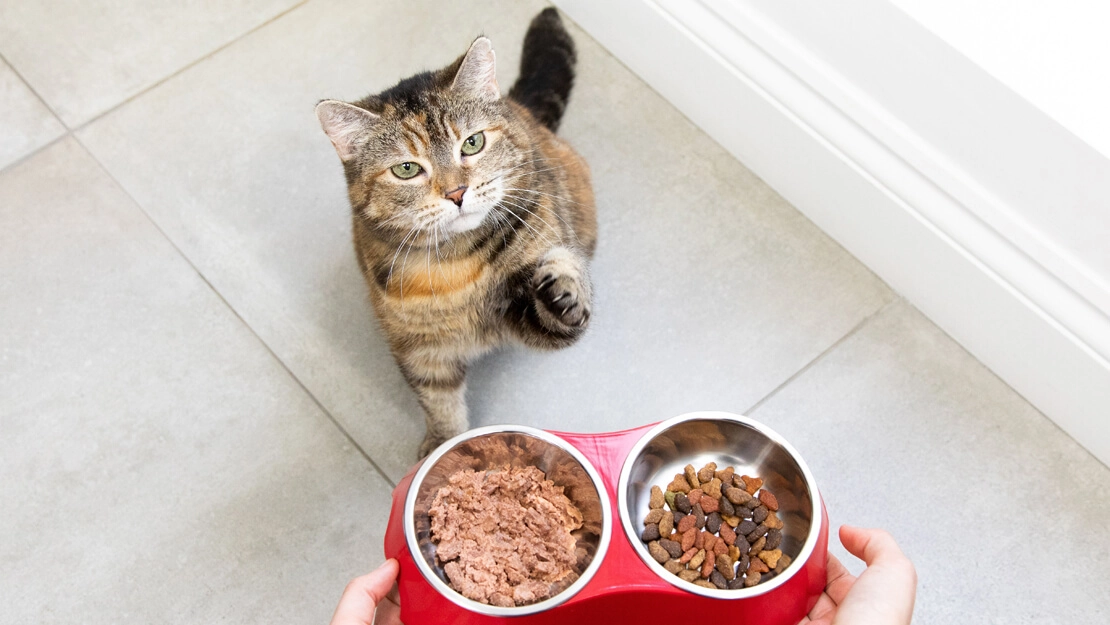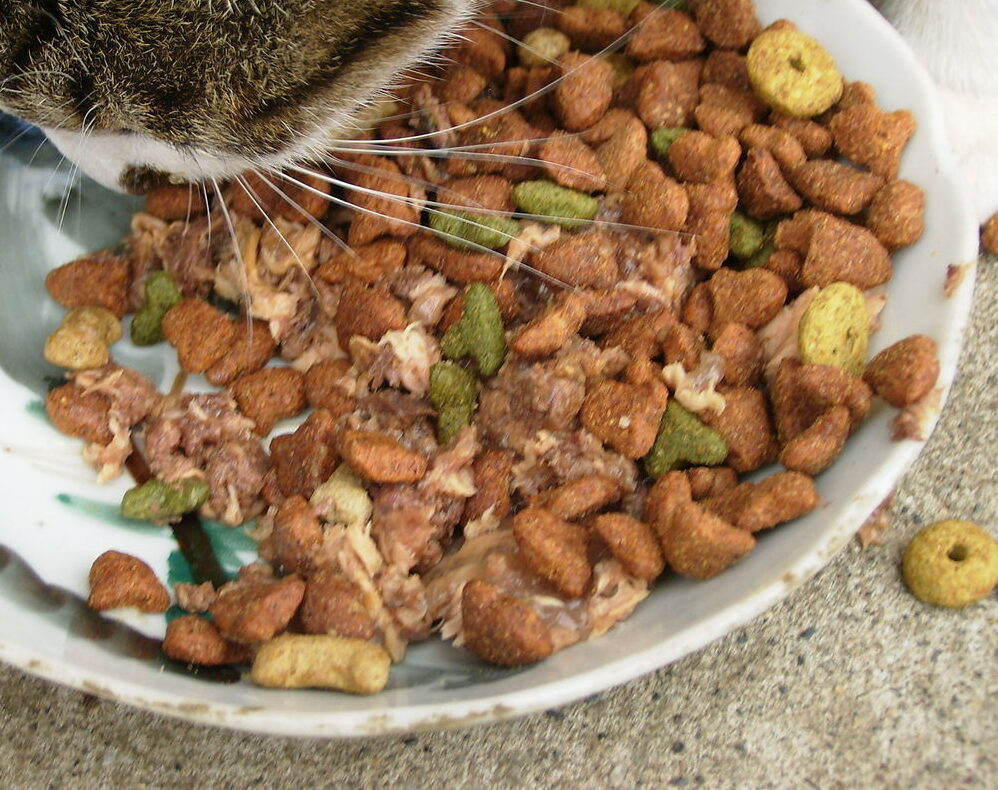Cats are more than just pets; they’re family. As a responsible pet owner, one of the most important decisions you can make is choosing the right cat food. Proper nutrition is essential for your cat’s health, energy levels, and overall well-being. But with so many options on the market, how do you know which cat food is best?
Understanding Your Cat’s Nutritional Needs
Cats are obligate carnivores, meaning they require a diet primarily composed of meat. Their bodies are designed to get the majority of their nutrients from animal sources. Key nutrients to look for in cat food include:
- Protein: The foundation of a cat’s diet, protein helps build and maintain muscles, skin, and fur.
- Taurine: An essential amino acid that supports heart function, vision, and reproductive health.
- Fats: Necessary for energy and the absorption of fat-soluble vitamins.
- Vitamins and Minerals: Vital for overall health, including a strong immune system and healthy bones.
Types of Cat Food: Wet vs. Dry
There are two main types of cat food: wet (canned) and dry (kibble). Both have their pros and cons:
- Wet Food: Often higher in protein and moisture, which helps keep your cat hydrated. It’s also more palatable for picky eaters. However, it can be more expensive and has a shorter shelf life once opened.
- Dry Food: Convenient and cost-effective, dry food is easy to store and can help with dental health by reducing plaque buildup. However, it’s lower in moisture, so make sure your cat has access to fresh water at all times.

Grain-Free and Specialized Diets
Some cats may benefit from grain-free or specialized diets, such as those designed for weight management, hairball control, or sensitive stomachs. Grain-free diets are often recommended for cats with allergies or intolerances, although it’s important to note that not all cats need to avoid grains.
If your cat has specific health concerns, it’s best to consult your veterinarian before switching to a specialized diet.
Reading Labels: What to Look For
When choosing cat food, always check the ingredient list. The first ingredient should be a high-quality protein source, such as chicken, turkey, or fish. Avoid foods with fillers like corn, soy, and by-products, which provide little nutritional value. Additionally, look for foods that meet the standards set by the Association of American Feed Control Officials (AAFCO), ensuring they provide complete and balanced nutrition.
Conclusion: Investing in Your Cat’s Health
Choosing the right cat food is an investment in your cat’s long-term health and happiness. By understanding your cat’s nutritional needs and making informed choices, you can ensure your feline friend enjoys a healthy, vibrant life. Remember, a well-fed cat is a happy cat!
